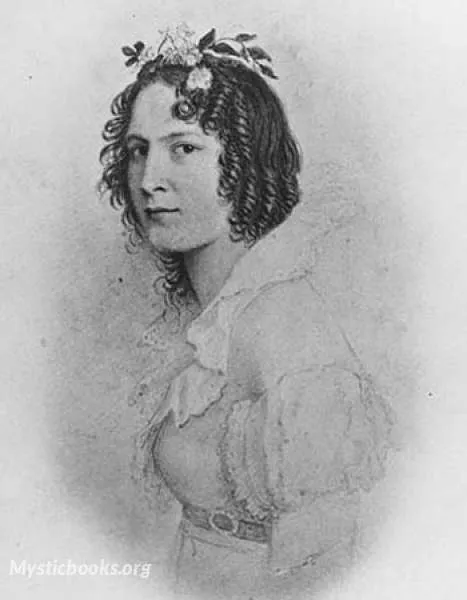
Timeline
Title
Country/Nationality
Susanna Moodie
Susanna Moodie was an English-born Canadian author who wrote about her experiences as a settler in Canada, which was a British colony at the time.
Susanna Moodie was born in Bungay, on the River Waveney in Suffolk. She was the youngest sister in a family of writers, including Agnes Strickland, Jane Margaret Strickland and Catharine Parr Traill. She wrote her first children's book in 1822 and published other children's stories in London, including books about Spartacus and Jugurtha. In London she was also involved in the Anti-Slavery Society, transcribing the narrative of the former Caribbean slave Mary Prince. On 4 April 1831, she married John Moodie, a retired officer who had served in the Napoleonic Wars.
In 1832, with her husband and daughter, Moodie immigrated to Upper Canada. The family settled on a farm in Douro Township, near Lakefield, north of Peterborough, where her brother Samuel Strickland (1804–1867) worked as a surveyor, and where artifacts are housed in a museum. Founded by Samuel, the museum was formerly an Anglican church and overlooks the Otonabee River where Susanna once canoed. It also displays artifacts concerning Samuel, as well as her elder sister and fellow writer Catharine, who married a friend of John Moodie and immigrated to the same area a few weeks before Susanna and John.
Moodie continued to write in Canada, and her letters and journals contain valuable information about life in the colony. She observed life in what was then the backwoods of Ontario, including native customs, the climate, the wildlife, relations between the Canadian population and recent American settlers, and the strong sense of community and the communal work, known as "bees" (which she, incidentally, hated). She suffered through the economic depression in 1836, and her husband served in the militia against William Lyon Mackenzie in the Upper Canada Rebellion in 1837.
As a middle-class Englishwoman, Moodie did not particularly enjoy "the bush", as she called it. In 1840, she and her husband moved to Belleville, which she referred to as "the clearings." She studied the Family Compact and became sympathetic to the moderate reformers led by Robert Baldwin, while remaining critical of radical reformers such as William Lyon Mackenzie. This caused problems for her husband, who shared her views, but, as sheriff of Belleville, had to work with members and supporters of the Family Compact.
In 1852, she published roughing it in the Bush, detailing her experiences on the farm in the 1830s. In 1853, she published Life in the Clearings Versus the Bush, about her time in Belleville. She remained in Belleville, living with various family members (particularly her son Robert) after her husband's death, and lived to see Canadian Confederation. She died in Toronto, Ontario on 8 April 1885 and is buried in Belleville Cemetery.
Her greatest literary success was roughing it in the Bush. The inspiration for the memoir came from a suggestion by her editor that she write an "emigrant's guide" for British people looking to move to Canada. Moodie wrote of the trials and tribulations she found as a "New Canadian", rather than the advantages to be had in the colony. She claimed that her intention was not to discourage immigrants but to prepare people like herself, raised in relative wealth and with no prior experience as farmers, for what life in Canada would be like.
Moodie taught her daughter Agnes how to paint flowers and Agnes later illustrated Canadian Wild Flowers, published in 1868.
Books by Susanna Moodie

Life in the Clearings
If you've read Margaret Atwood's Alias Grace, the historical fiction novel that describes a gruesome double murder in Canada in 1843, you would be interested to know the sources that were used by Atwood during her research. Life in the Clearings by S...
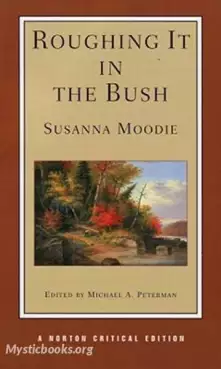
Roughing it in the Bush
Roughing It in the Bush is an account of life as a Canadian settler by Susanna Moodie. Moodie immigrated to Upper Canada (soon to become Canada West), near modern-day Peterborough, Ontario during the 1830s. At the suggestion of her editor, she wrote...
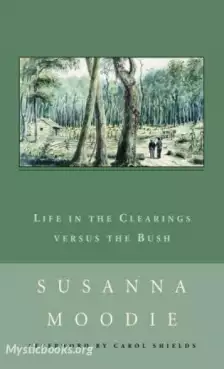
Life in the Clearings Versus the Bush
As a middle class Englishwoman Moodie did not particularly enjoy "the bush", as she called it. She and her husband moved to Belleville in 1840, which she referred to as "the clearings". Here she described urban life, including religion, art, and educ...

Lines on a New-Born Infant
The poem is a tribute to the joys and wonders of childbirth, depicting the new life as a symbol of hope and promise for the future. Susanna Moodie was a Canadian author who gained recognition for her works on Canadian pioneer life, including "Roughi...

Oh! Can You Leave Your Native Land?
Oh! Can You Leave Your Native Land? is a collection of poems by Susanna Moodie, a Scottish immigrant who settled in Canada in the 1830s. The poems explore the themes of immigration, nostalgia, and the challenges of adapting to a new home. Moodie's wr...
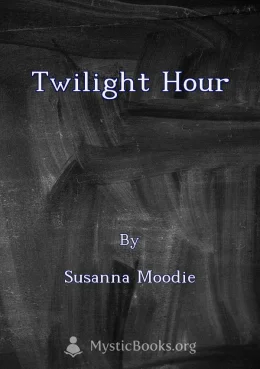
Twilight Hour
‘Roughing It in the Bush’ is a collection of Susanna Moodie's personal accounts of her experiences as a young Englishwoman who immigrated to Canada in the 1830s. She vividly recounts the challenges and hardships of pioneering life in the Canadian wil...
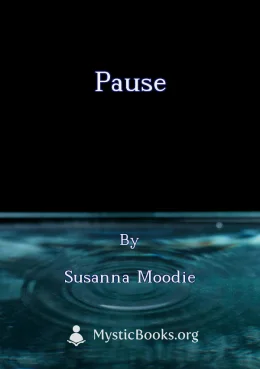
Pause
“The Pause” is a poem by Susanna Moodie, originally published in her 1821 collection *Enthusiasm and Other Poems*. Moodie, an English-born author, later became known for her accounts of pioneering life in Canada. The poem, which is a reflection of...

Canadian Song
Susanna Moodie, a renowned English-born Canadian author, penned "A Canadian Song" as a poetic testament to the captivating waterways of Canada. Moodie's work captures the essence of the Canadian landscape, celebrating its rivers, lakes, and the spir...
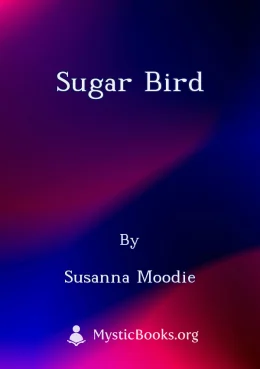
Sugar Bird
Sugar Bird is a collection of poems by Susanna Moodie, first published in 1831. The poems are mostly about nature, and they reflect Moodie's love of the Canadian wilderness. Moodie's poems are often simple and straightforward, but they are also full...